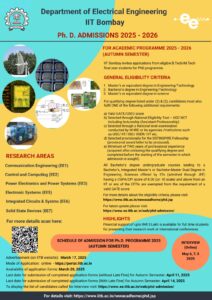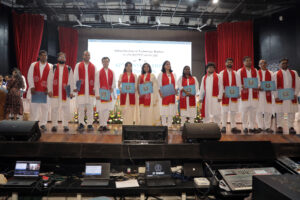Introduction to RF and Wireless Technology: Complexity, design, and applications. Choice of Technology. Basic concepts in RF Design: Nonlinearly and Time Variance, intersymbol Interference, random processes, and Noise. Definitions of sensitivity and dynamic range, conversion Gains, and Distortion. Analog and Digital Modulation for RF circuits: Comparison of various techniques for power efficiency. Coherent and Non-coherent defection. Mobile RF Communication systems and basics of Multiple Access techniques. Receiver and Transmitter Architectures and Testing heterodyne, Homodyne, Image-reject, Direct-IF, and sub-sampled receivers. Direct Conversion and two steps transmitters. BJT and MOSFET behavior at RF frequencies Modeling of the transistors and SPICE models. Noise performance and limitation of devices. Integrated Parasitic elements at high frequencies and their monolithic implementation. Basic blocks in RF systems and their VLSI implementation: Low Noise Amplifiers design in various technologies, Design of Mixers at GHz frequency range. Various Mixers, their working, and implementations, Oscillators: Basic topologies VCO and definition of phase noise. Noise-Power trade-off. Resonatorless VCO design. Quadrature and single-sideband generators, Radio Frequency Synthesizes PLLS, Various RF synthesizer architectures, and frequency dividers, Power Amplifiers design. Linearisation techniques, Design issues in integrated RF filters; Some discussion on available CAD tools for RF VLSI designs; Prerequisite: EE 671 and Exxx (Analog VLSI Design).
Text/References:
1) RF Microelectronics, Behzad Razavi, 2nd Edition, 2012 onwards, Pearson Education, Inc.
2) The Design of CMOS Radio-Frequency Integrated Circuits, Thomas Lee, 2nd Edition, 2004 onwards, Cambridge University Press.
3) Design of Analog CMOS Integrated Circuits, Behzad Razavi, McGraw Hill Education, Second edition, 2017 onwards, McGraw Hill Education (India) Private Limited.
4) Relevant IEEE papers referenced in the class will be provided by the instructor.



